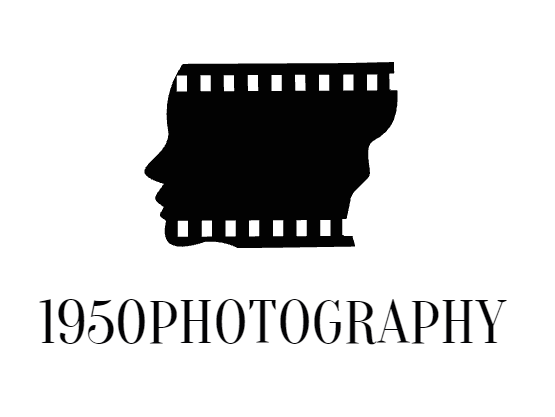A recent study shows that people are giving more attention to art than science, music, and history. Apparently, people find the latter more intellectually stimulating. Clearly, our society has become more vapid. We no longer have the resources to support museums and galleries, which are largely dependent on the whims of our media-saturated consumer base. Similarly, the Learning Channel, which used to feature interesting historical and scientific documentaries, has become a dumping ground for weird reality shows.
One reason for this increase in attention to art is the rise of new media
Artists have found a way to transcend a polarizing environment by embracing a worldview that is unaffected by racial or social class. This ethos has been embraced by political and religious leaders, but is also proving useful to artists and the arts community. While it is difficult to define what drives art, it is important to note that art can help inspire political and social activism.
Artists have pushed for a more active presence in the arts community
MoMA PS1 often has a dozen exhibitions on view at once, and ICA London's fig-2 series features a new exhibition every week for 50 weeks. As a result, the Metropolitan Museum of Art and the Whitney Museum of American Art have expanded their spaces in response to this trend. With more attention on the arts and culture, they are more accessible than ever.
The art community is an incredible source of inspiration for politicians and activists, as well as a place to connect with others. The arts community has the power to transcend the stigmatisation of people, positions, and worldviews. These communities have a huge role in shaping our society and bringing about a better future. It is the best place to find inspiration in a time of polarisation.
As the art community continues to evolve, artists are also changing the ways they engage with audiences. The shift from passive to participatory and democratic media has created an environment in which art can serve as a bridge between people. The arts are not only inspiring for political activism, but they are also inspiring for social change. With this in mind, they have become a powerful source of inspiration for countless political and cultural activists.
The transition from a passive to a participatory media culture is a good example. The transition from traditional media to digital media is a major step for artists, and it is a big step for the arts industry. As more people pay more attention to art, the industry will grow. The future of the arts will be shaped by these new technologies. And, of course, they will continue to develop and expand.
Many artists employ a variety of strategies to compel attention. For example, the 'kool-aid' drawing by Andy Warhol in the Ferus Gallery in Los Angeles has become a major success. The artist used a strategy called repetition to get viewers' attention. The same strategy is used by a distance-based artist. For instance, Joan Jonas chose to perform a performance on a secluded beach.
A third reason to pay attention to art is due to technology
As technology has made the arts more accessible, it has also become easier for people to access art. The advent of technology has made it possible to improve communication and marketing, which in turn has led to an increased appreciation for the arts. The use of social media and the internet has made it possible to share the arts with a global audience.
The growth of technology has increased the accessibility of art. With the advent of social media and video-sharing, more people are able to engage with the arts in new ways. It has made traditional media more accessible, facilitated inter-disciplinary creations, and helped artists to communicate with the public. It also allows for greater accessibility and increased quality. It has also made art more accessible. The world is becoming more open, and more people are paying attention to art.


